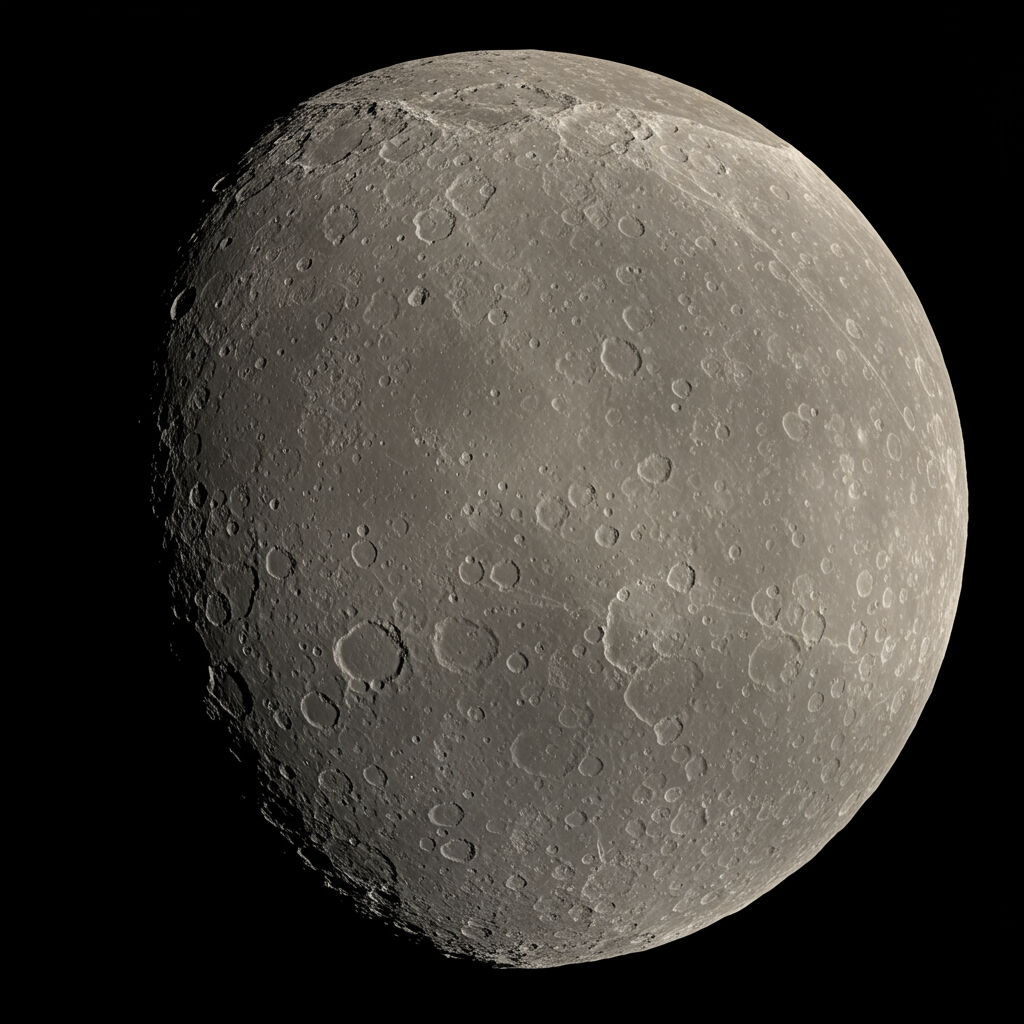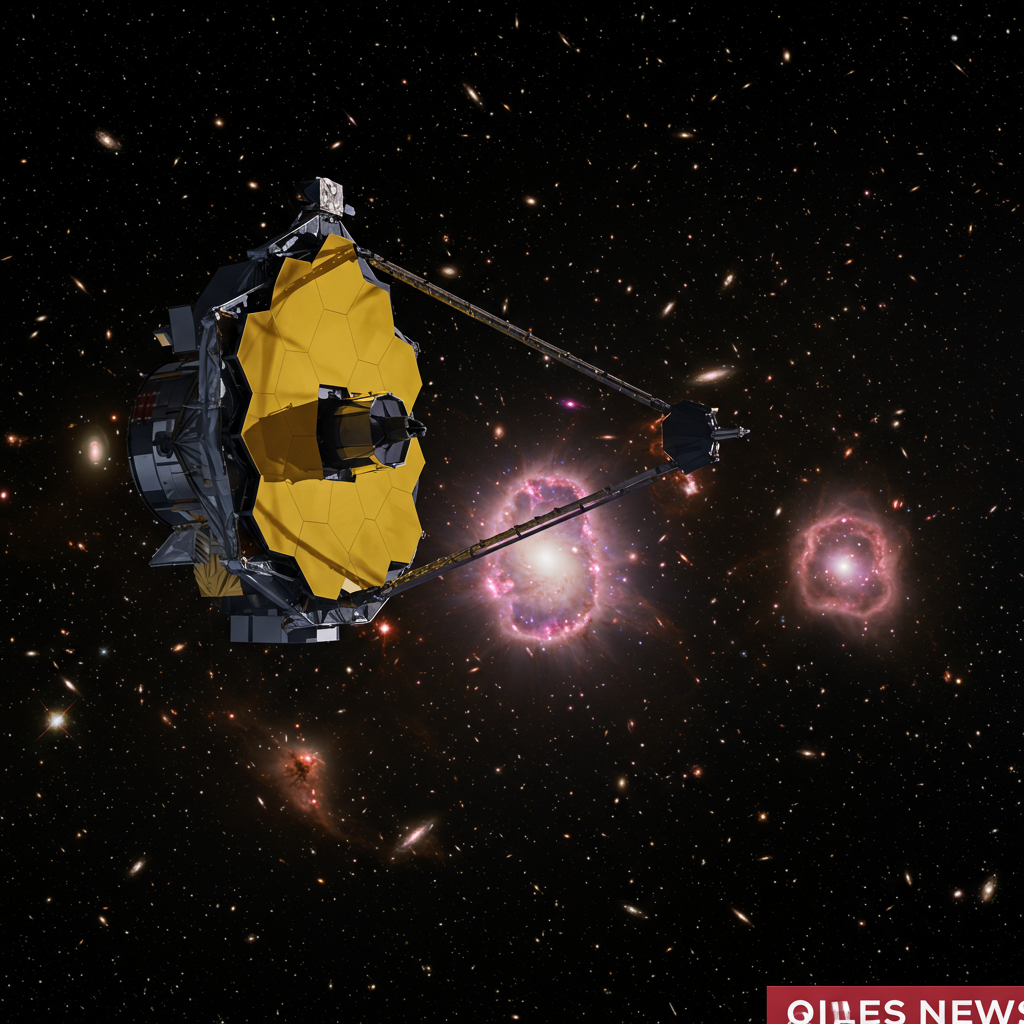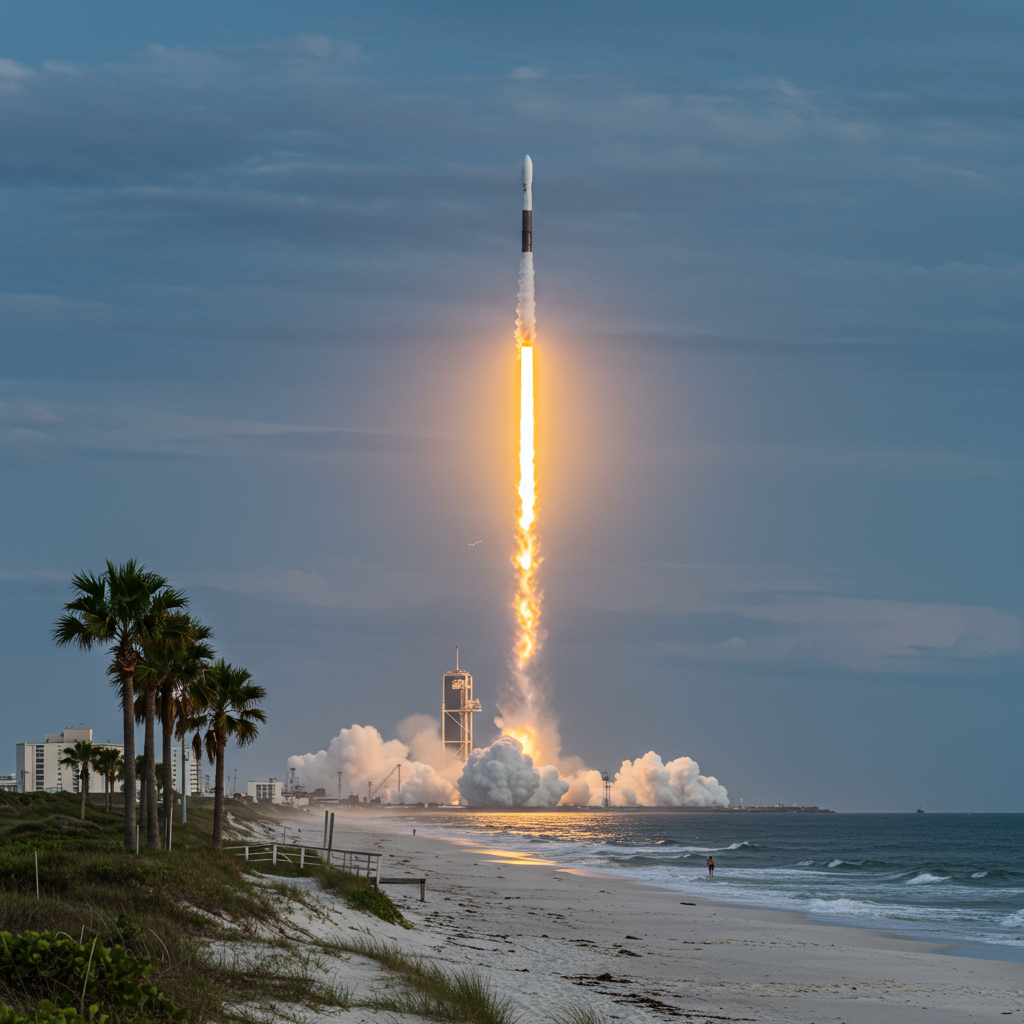Mercury, the solar system’s smallest and innermost planet, boasts a scarred and rugged surface characterized by extensive cracks, towering cliffs (known as rupes), fractures, and ridges. For decades, scientists largely attributed these features to the planet’s crust shrinking over billions of years as it cooled from a molten state – a process called global contraction.
However, Mercury’s surface behaves differently from Earth’s. It lacks the dynamic tectonic plates found on our planet, acting instead like a single, rigid shell. This structure makes signs of lateral surface movement, which have been observed, puzzling if contraction were the only force at play. These observations hinted that additional, previously overlooked forces might be influencing Mercury’s geology.
New research from the University of Bern, led by Dr. Liliane Burkhard and Prof. Dr. Nicolas Thomas, proposes a significant role for the Sun’s tidal forces in shaping these enigmatic features. They investigated how Mercury’s unique orbital dance around the Sun exposes its solid crust to periodically changing tidal stresses.
Mercury orbits the Sun in a highly elliptical path and is locked in a peculiar 3:2 spin-orbit resonance, meaning it completes exactly three rotations on its axis for every two orbits. This dynamic causes the gravitational pull, and consequently the tidal forces, exerted by the Sun to vary considerably throughout Mercury’s journey. These fluctuating forces induce stresses within the planet’s crust over vast geological timescales. As Dr. Burkhard explained, “These orbital characteristics create tidal stresses that may leave a mark on the planet’s surface.”
To understand this potential influence, the researchers constructed complex physical models of Mercury’s interior and simulated how these variable tidal forces might have acted upon the crust over the past four billion years. They adjusted factors like the planet’s spin rate and orbital shape in their simulations.
The simulations revealed a crucial insight: while the Sun’s tidal forces alone are unlikely to have been strong enough to initiate the formation of faults in Mercury’s rigid crust, they show a remarkable alignment with the observed directions of movement along existing faults. This suggests that instead of causing new features, these tidal stresses acted to “guide the orientation of tectonic features over geological time,” as Dr. Burkhard noted. They influenced how Mercury’s crust deformed, complementing or guiding the deformation caused by global contraction.
These findings present a novel perspective on Mercury’s geological history, highlighting the potential significance of tidal stresses that were previously largely disregarded by scientists as too minor to be important. Understanding this interplay between orbital dynamics and crustal deformation provides broader insights into how planetary bodies evolve over billions of years.
Further detailed data is anticipated with the arrival of the joint ESA/JAXA BepiColombo mission at Mercury in late 2026. The mission includes the BELA (BepiColombo Laser Altimeter) instrument, developed with Bernese leadership, which will map Mercury’s topography in stunning 3D with a precision of 10 cm.
Dr. Burkhard anticipates that BELA data “will enable us to improve models of surface deformation and tectonics,” while Prof. Thomas added that it “will create a highly accurate image of Mercury’s terrain, providing critical data for our studies.” This high-resolution mapping is expected to provide crucial evidence to test and refine the models proposed by the Bern researchers, potentially offering a more complete picture of the forces that shaped the innermost planet’s unique surface.
References
- <a href="https://www.spacedaily.com/reports/TidalforcesfromtheSunmayhaveshapedMercurystectonicfeatures_999.html”>www.spacedaily.com
- gizmodo.com
- <a href="https://mediarelations.unibe.ch/mediareleases/2025/mediareleases2025/tidalforcesfromthesuncouldhavedeformedcliffsonmercury/indexeng.html”>mediarelations.unibe.ch
- www.britannica.com
- science.nasa.gov




